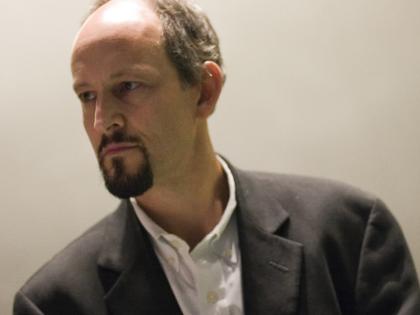Harvard's plans to complete its "North Campus" in Cambridge took an important step forward when the University reached an agreement with an Agassiz neighborhood group about the scope of development there during the next 25 years. In a "memorandum of understanding," Harvard committed to building no more than 1.6 million square feet of new construction (including up to 500,000 square feet of replacement space for demolished buildings) in an area between the edge of the campus along Oxford and Hammond Streets to the east and Everett Street and Massachusetts Avenue to the west. The total square footage ceiling (which includes a provision for 10 percent more space to meet, for example, special building code requirements like those mandated by the Americans with Disabilities Act) represents about half the maximum allowed under current Cambridge zoning.
Neighbors agreed that they could support Harvard's building projects if "adverse impacts are mitigated and benefits are provided." Construction mitigations mentioned in the agreement include noise reduction and traffic control, but the document mainly defines a working relationship for dealing with such impacts on a project-by-project basis. Harvard has set up a telephone hotline for residents and previously paid for a traffic study of the area.
|
The benefits will be determined in three parts that are linked to specific phases of the buildout of the area. The first phase includes three new buildings for the Faculty of Arts and Sciences (FAS): the Biological Research Infrastructure (BRI) space, built under the quadrangle outside the Biological Laboratories off Divinity Avenue; the Laboratory for Interface Science and Engineering (LISE), which will connect to the existing McKay Laboratory; and the North/West science laboratory. Phase two represents future Harvard Law School expansion, while phase three will include future FAS and Harvard Divinity School buildings.
As a result of neighborhood opposition, Harvard has had great difficulty in recent years getting anything built in Cambridge. The Center for Government and International Studies, delayed for years, is a case in point; plans to build a museum of modern art in the Riverside area along Storrow Drive were likewise derailed by local activism. (Graduate-student housing, which matches an existing use, will go there instead; see "Riverside Rezoned," January-February, page 62.)
Thus the relationship that Harvard has nurtured with the Agassiz neighborhood is one that the University values. How much? In addition to the mitigation measures and construction of amenities for the neighborhood (pedestrian pathways, landscaping, and enhanced lighting, for example) that will continue throughout the buildout of the area, Harvard has agreed to establish and fund a science-education initiative in the Cambridge public schools worth about $1.5 million.
According to the agreement, "Programming will draw on the academic resources of the science departments and museums at Harvard and will be managed and coordinated by the Harvard Museum of Natural History," with the goal of creating a range of science programs to strengthen the school curricula from kindergarten through twelfth grade. In addition, Harvard will contribute about $1 million to fund recreational programs for Cambridge residents. The $2.5 million total in benefits is tied specifically to phase one, the three FAS buildings, which will entail 670,000 square feet of space above and below grade.
Following the procedure established in the Riverside neighborhood, Harvard's contributions are tied to the successful completion of specific steps in the permitting and approval process. The BRI space, which is entirely underground, should be finished in the summer of 2005, with the LISE building following in the summer of 2006. Still in the design phase is the North/West science laboratory. Originally conceived as two separate buildings, the architect's consultations with both neighbors and faculty members led to the proposition that the two buildings be joined and reoriented to run nearly parallel to Oxford Street. The North/West building is slated to house the Center for Systems Neuroscience, and will include teaching laboratory space, classrooms, research laboratory space, and room for collections.







